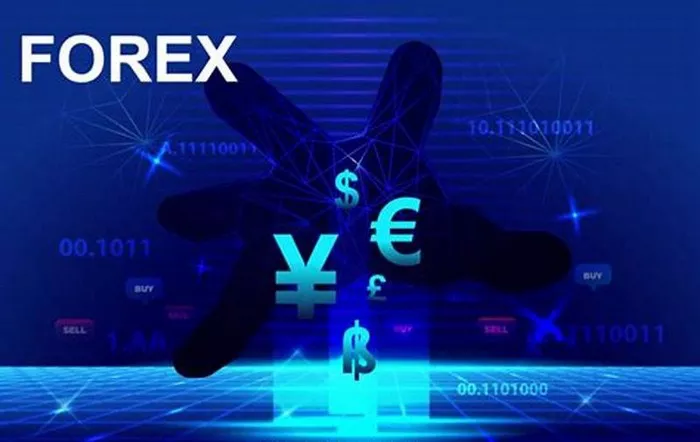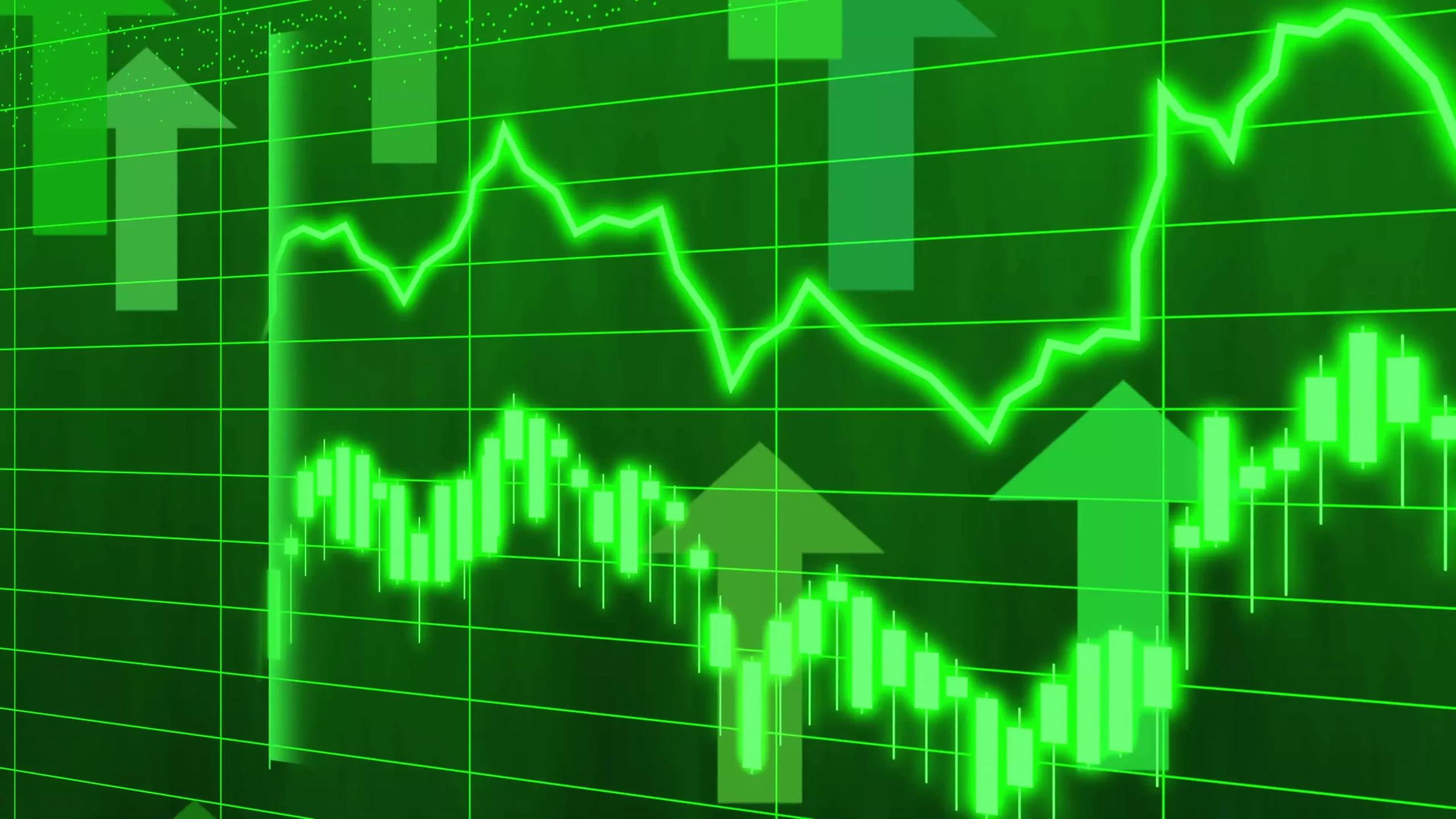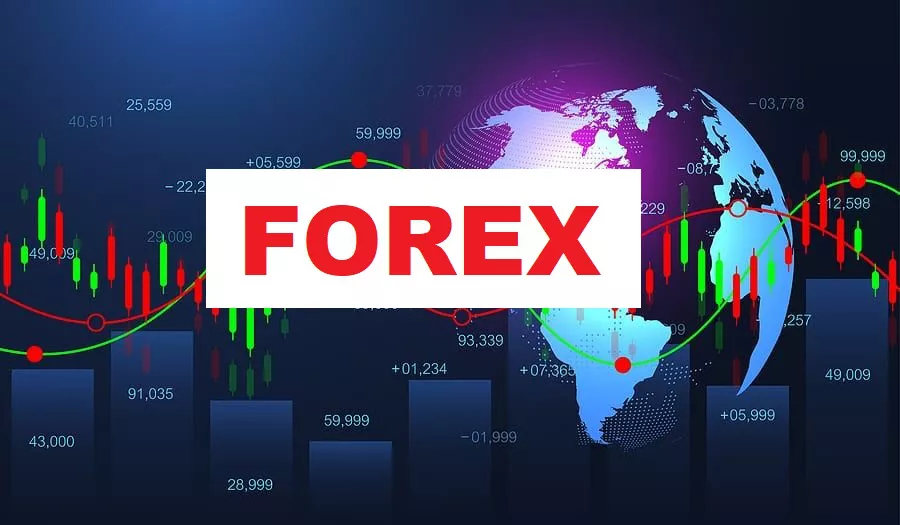Money comes in different currencies. Each country has its own money system. When dealing with foreign currencies, it is important to understand their value in your own money. For example, if you have half a million yen, how much is that in US dollars? This question is common for travelers, investors, and businesspeople.
The Japanese yen (JPY) is the official currency of Japan. The US dollar (USD) is the official currency of the United States. The exchange rate between these two currencies changes daily. Many factors influence this rate, including economic conditions, interest rates, and political events.
This essay will explain how much half a million yen is in US dollars. It will discuss the current exchange rate, historical trends, and factors affecting the conversion. It will also provide real-life examples of what this amount can buy in both countries.
Understanding the Exchange Rate
The exchange rate tells us how much one currency is worth in another. For example, if 1 USD equals 150 JPY, then half a million yen would be a certain amount in dollars. To find the exact value, we need to check the latest exchange rate.
As of recent data, the exchange rate is around 1 USD to 150 JPY. This means:
500,000 JPY ÷ 150 = 3,333.33 USD
However, exchange rates change often. Banks and currency exchange services may charge fees, which can affect the final amount.
Historical Exchange Rate Trends
The yen and dollar have changed in value over time. In the 1980s, the yen was stronger. One dollar could buy fewer yen. In recent years, the yen has weakened, meaning one dollar buys more yen.
For example:
In 2011, 1 USD was about 80 JPY.
In 2023, 1 USD was about 150 JPY.
This shows that the yen has lost value against the dollar over time. If someone converted 500,000 yen in 2011, they would have gotten more dollars than today.
Factors Affecting the Exchange Rate
Many things influence the JPY to USD exchange rate. Some key factors include:
Economic growth – A strong economy usually means a stronger currency. If Japan’s economy grows faster than the US, the yen may rise.
Interest rates – Higher interest rates attract foreign investors. If US interest rates go up, the dollar may strengthen against the yen.
Inflation – If prices rise faster in Japan than in the US, the yen may lose value.
Political stability – Uncertainty can weaken a currency. If Japan faces political issues, the yen might drop.
Trade balance – Japan exports many goods. If demand for Japanese products falls, the yen may weaken.
Real-Life Examples of 500,000 Yen in USD
Understanding the value of money is easier with real-life examples. Here’s what 500,000 yen (about 3,333 USD) can buy in Japan and the US:
In Japan:
A high-end smartphone costs around 150,000 yen.
A month’s rent in Tokyo might be 200,000 yen.
A round-trip flight from Tokyo to Osaka could be 50,000 yen.
In the US:
A new laptop might cost 1,000 USD.
A month’s rent in a small city could be 1,500 USD.
A flight from New York to Los Angeles might be 300 USD.
These examples show how the same amount of money can have different purchasing power in each country.
How to Convert Yen to USD
There are several ways to exchange yen for dollars:
Banks – Most banks offer currency exchange, but they may charge fees.
Currency exchange services – These are found in airports and cities, but rates may not be the best.
Online platforms – Some websites offer competitive rates with low fees.
Credit cards – Some cards automatically convert currency but may add extra charges.
Before converting, compare rates and fees to get the best deal.
Why Exchange Rates Matter
Exchange rates affect many people:
Travelers – They need to know how much their money is worth abroad.
Businesses – Companies that import or export goods must deal with currency changes.
Investors – They may buy foreign stocks or bonds, so exchange rates impact profits.
A small change in the exchange rate can make a big difference in large transactions.
Conclusion
Half a million yen is about 3,333 US dollars at an exchange rate of 1 USD to 150 JPY. However, this value changes daily due to economic factors. Understanding exchange rates helps travelers, businesses, and investors make better financial decisions.
By checking the latest rates and comparing fees, you can get the most out of your money. Whether spending, saving, or investing, knowing currency values is essential in today’s global economy.
Related topics:






























